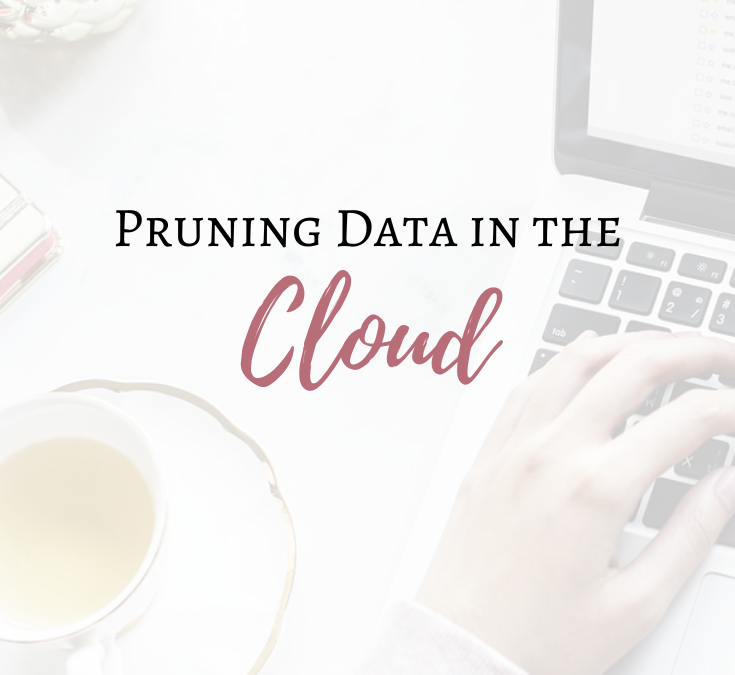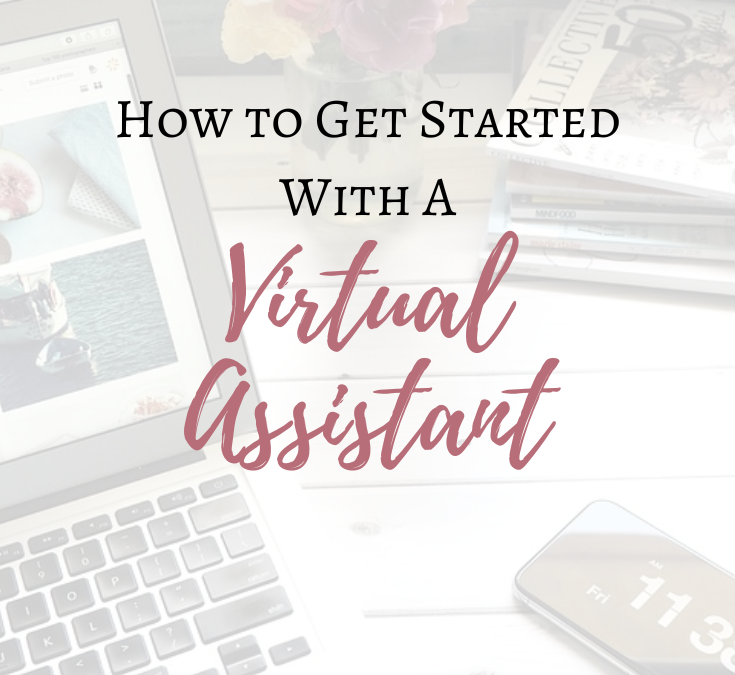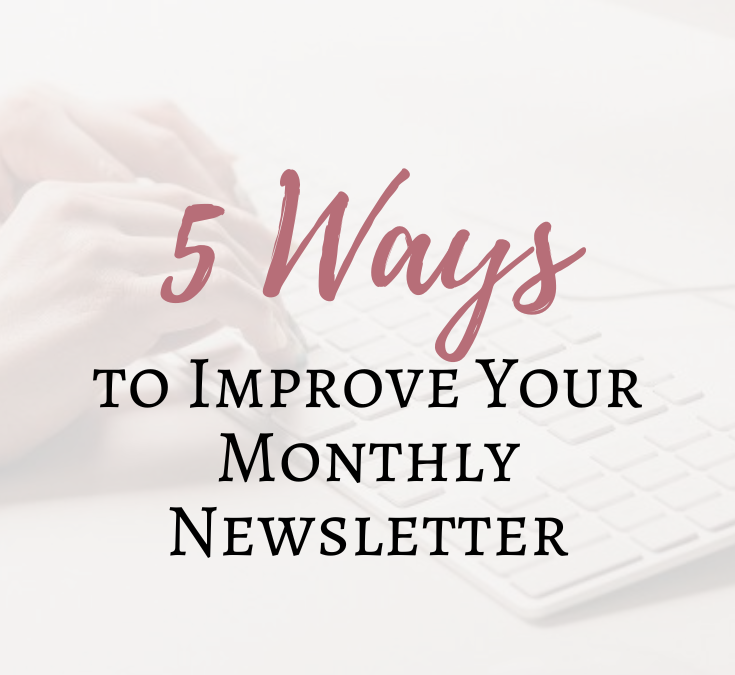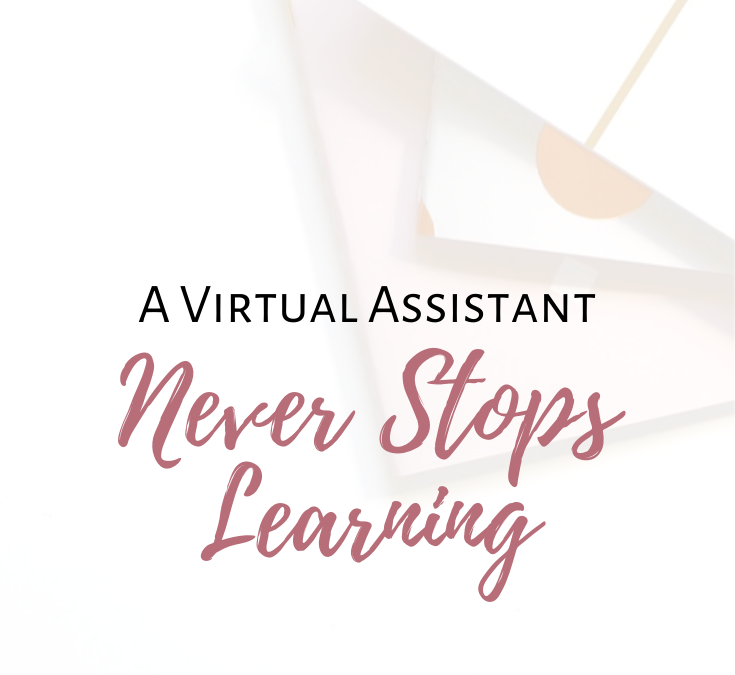
6 Great Ways to Start a New Year
New Year, New You?
Here are 6 ways you can start the New Year off right, beat the January blues and take care of YOU:
Set realistic goals and make a plan for how to achieve them
Think about some of your past goals and how you did with them. Did you give up after a couple of weeks?
Some of the most popular New Year’s goals or resolutions include: quitting smoking, losing weight, joining a gym, eating healthier or reducing alcohol intake.
All of these are pretty drastic changes in habits, so don’t beat yourself up if you’ve tried and tried again, and gotten nowhere. They’re all tall orders, but there are ways to ensure success!
While you’re sipping your coffee each Sunday morning, do some meal planning. Inventory what’s in your fridge, cupboards and freezers and make a plan for the week. Simply having a plan in place will help you avoid fast food or eating junk.
Get an accountability partner. A friend or your spouse is a great choice, especially if you both have the same goals. Make a promise to be strong for each other, and to be the encouragement one another needs when you find yourselves ‘just not feelin’ it’.
Make time for yourself and your mental health
With today’s fast pace, it’s easy to get lost in all the to-do lists and busyness of life, so it’s no wonder we all, at times, feel burnt out.
Mental health and self-care aren’t about spa treatments and sipping green tea. It can be anything that puts your mind at ease.
Indulge in a hobby you love or sit down with a good book. Get together with a friend or chat on the phone. Whatever makes you feel GOOD is what you need more of in your life.
Try something new and exciting
Make a list of 5-10 interests you have, but maybe haven’t had the time to explore. It can be as crazy or as calm as you’d like but make that list. Pick one or two things on that list and make a point of researching them.
- Can you do this activity at home?
- If not, where can you do these activities?
- What is the cost involved?
- Do you need any special gear or supplies?
- Can you borrow these supplies from friends?
- Do you have friends who already do these types of things? Maybe you can do them together or they’ll have beginner advice for you.
Spend time with the people you love
There are ALL kinds of free or low-cost things you can do with your loved ones:
- Play board games
- Start a book club
- Host a movie night with friends or family
- Go ice skating
- Go for a winter hike with a Thermos of hot chocolate
- Host a spa night with your girlfriends
- Have a potluck or charcuterie evening
- Visit a local museum
Be sure to check out local Events on Facebook, you’ll find all kinds of interesting events that are cheap or free.
Get organized and declutter your life
I don’t know about you, but getting rid of junk and reorganizing my stuff always makes me feel refreshed!
Whether it’s a drawer or a closet, pick a starting point and be ruthless. If you haven’t used it in a year, you likely won’t need it.
Use Facebook Marketplace to sell anything you believe might have some value (research current prices for the condition of your item and base your prices on that).
Plug each room of your house into your calendar, either a new room per week or month, it doesn’t matter, as long as you treat those like important appointments and get them done.
Sell or donate what you don’t need… take the rest to the dump.
Take on a new hobby or learn a new skill
Have you ever wanted to learn a new language? How about how to paint? Maybe you’ve always wanted to learn how to create a website – often, your local library can help with this, but you can also Google lessons or apps that can help!
Team up with a friend if you share similar interests, or go by yourself!
Do you have any other tips to add to this list? Let me know: info (at) drva-2a7f12.ingress-comporellon.ewp.live
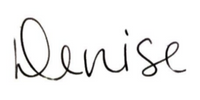
How can a virtual assistant help you with your business? Book a free consultation call with me and let’s find out!

